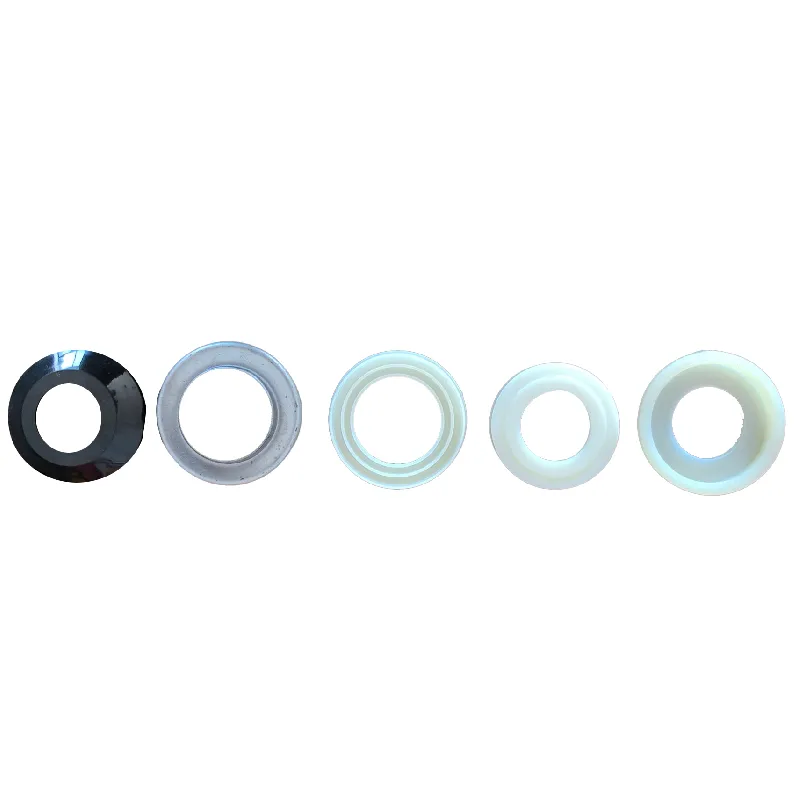 Afrikaans
Afrikaans  Albanian
Albanian  Amharic
Amharic  Arabic
Arabic  Armenian
Armenian  Azerbaijani
Azerbaijani  Basque
Basque  Belarusian
Belarusian  Bengali
Bengali  Bosnian
Bosnian  Bulgarian
Bulgarian  Catalan
Catalan  Cebuano
Cebuano  Corsican
Corsican  Croatian
Croatian  Czech
Czech  Danish
Danish  Dutch
Dutch  English
English  Esperanto
Esperanto  Estonian
Estonian  Finnish
Finnish  French
French  Frisian
Frisian  Galician
Galician  Georgian
Georgian  German
German  Greek
Greek  Gujarati
Gujarati  Haitian Creole
Haitian Creole  hausa
hausa  hawaiian
hawaiian  Hebrew
Hebrew  Hindi
Hindi  Miao
Miao  Hungarian
Hungarian  Icelandic
Icelandic  igbo
igbo  Indonesian
Indonesian  irish
irish  Italian
Italian  Japanese
Japanese  Javanese
Javanese  Kannada
Kannada  kazakh
kazakh  Khmer
Khmer  Rwandese
Rwandese  Korean
Korean  Kurdish
Kurdish  Kyrgyz
Kyrgyz  Lao
Lao  Latin
Latin  Latvian
Latvian  Lithuanian
Lithuanian  Luxembourgish
Luxembourgish  Macedonian
Macedonian  Malgashi
Malgashi  Malay
Malay  Malayalam
Malayalam  Maltese
Maltese  Maori
Maori  Marathi
Marathi  Mongolian
Mongolian  Myanmar
Myanmar  Nepali
Nepali  Norwegian
Norwegian  Norwegian
Norwegian  Occitan
Occitan  Pashto
Pashto  Persian
Persian  Polish
Polish  Portuguese
Portuguese  Punjabi
Punjabi  Romanian
Romanian  Russian
Russian  Samoan
Samoan  Scottish Gaelic
Scottish Gaelic  Serbian
Serbian  Sesotho
Sesotho  Shona
Shona  Sindhi
Sindhi  Sinhala
Sinhala  Slovak
Slovak  Slovenian
Slovenian  Somali
Somali  Spanish
Spanish  Sundanese
Sundanese  Swahili
Swahili  Swedish
Swedish  Tagalog
Tagalog  Tajik
Tajik  Tamil
Tamil  Tatar
Tatar  Telugu
Telugu  Thai
Thai  Turkish
Turkish  Turkmen
Turkmen  Ukrainian
Ukrainian  Urdu
Urdu  Uighur
Uighur  Uzbek
Uzbek  Vietnamese
Vietnamese  Welsh
Welsh  Bantu
Bantu  Yiddish
Yiddish  Yoruba
Yoruba  Zulu
Zulu conveyor drum pulley
Understanding Conveyor Drum Pulleys Essential Components in Material Handling
Conveyor systems play a crucial role in various industries, from manufacturing to mining, by ensuring the efficient movement of materials. One of the pivotal components that facilitate this operation is the conveyor drum pulley. This article aims to shed light on the importance, functions, and types of drum pulleys in conveyor systems.
What is a Conveyor Drum Pulley?
A conveyor drum pulley is a cylindrical device used to drive the belt of a conveyor system. Typically located at the ends of the conveyor belt, these pulleys are essential for maintaining tension and directing the movement of the conveyor belt. They are generally made from robust materials such as steel or rubber-coated steel, which provide the necessary strength and durability to withstand heavy loads and harsh operational environments.
Functions of Conveyor Drum Pulleys
1. Driving the Conveyor Belt One of the primary functions of the drum pulley is to drive the conveyor belt. The pulley, usually powered by an electric motor through a system of gears, provides the necessary torque to move the belt and, consequently, the materials it carries.
2. Tension Maintenance Drum pulleys also play a critical role in maintaining belt tension. Proper tension is crucial for the efficient operation of the conveyor, as it helps prevent slippage and ensures that the belt follows the correct path over the pulleys.
3. Redirecting the Belt The design of the drum pulley allows it to redirect the belt's movement. This is particularly important in complex conveyor layouts where multiple transfer points are involved.
4. Support and Stability Drum pulleys provide a stable platform for the conveyor belt to operate smoothly. They bear the weight of the load, ensuring that the belt does not sag or become misaligned.
conveyor drum pulley

Types of Conveyor Drum Pulleys
There are several types of conveyor drum pulleys, each tailored to specific applications
1. Drive Pulleys These are the most common type found in conveyors. They are designed to provide traction to the belt and are often equipped with rubber lagging to enhance grip and reduce slippage.
2. Return Pulleys Unlike drive pulleys, return pulleys do not transmit power but are essential for guiding the belt back to its starting position.
3. Tail Pulleys These are located at the end of the conveyor. They help support the belt and provide a point for the return segment to rejoin the belt.
4. Snub Pulleys Added to increase the wrap angle on drive pulleys, snub pulleys enhance friction and improve efficiency.
Conclusion
In conclusion, conveyor drum pulleys are integral components of conveyor systems, serving multiple functions that enhance the efficiency and reliability of material handling processes. Their ability to drive the belt, maintain tension, and provide support makes them indispensable in various applications across multiple industries. Understanding the nuances of these pulleys can aid in optimizing conveyor system performance, ultimately contributing to increased productivity and reduced operational costs. As industries continue to evolve, the role of drum pulleys in conveyor technology remains vital, adapting to meet the demands of modern material handling solutions.
-
Revolutionizing Conveyor Reliability with Advanced Rubber Lagging PulleysNewsJul.22,2025
-
Powering Precision and Durability with Expert Manufacturers of Conveyor ComponentsNewsJul.22,2025
-
Optimizing Conveyor Systems with Advanced Conveyor AccessoriesNewsJul.22,2025
-
Maximize Conveyor Efficiency with Quality Conveyor Idler PulleysNewsJul.22,2025
-
Future-Proof Your Conveyor System with High-Performance Polyurethane RollerNewsJul.22,2025
-
Driving Efficiency Forward with Quality Idlers and RollersNewsJul.22,2025





























